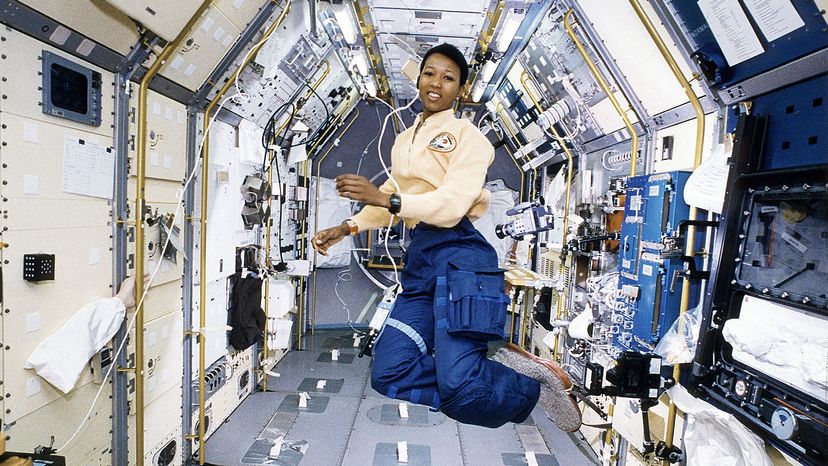NASA Centers

NASA has 10 major centers that do R&D and stage its missions. Here's what they do [sources: NASA, NASA]:
- Kennedy Space Center (KSC), located in Cape Canaveral, Florida, is NASA's most famous facility. It launched the first U.S. astronauts into space and helped put humans on the moon. Today, it's the home of NASA's Launch Services Program, which works with private sector space launch companies like SpaceX and Boeing to put satellites and space telescopes into orbit. It also leads research on the growing of plants in microgravity environments.
- Johnson Space Center (JSC), located in Houston, became famous as the center for mission control for U.S. manned space flights. (Remember the movie line, "Houston, we have a problem"?). Today, it continues to manage the International Space Station (ISS), and operates NASA's Human Research Program on the ISS, which aims to protect the health and safety of astronauts. JSC also amasses info on orbital debris and analyzes its risk to spacecraft.
- Goddard Space Flight Center (GSFC), located in Prince Georges County, Maryland, works with other centers and university researchers to conceptualize, design, test, build, integrate and operate spacecraft, instruments, and space, airborne and ground missions. Goddard's scientists help to figure out the science requirements for each mission, and then processes and analyzes the data to help further our understanding of Earth, the solar system and the universe.
- Armstrong Flight Research Center (AFRC), located in Edwards, California, provides specialized aircraft to observe Earth's physical processes, tests new technologies for observation, and calibrates and validates satellites. As part of that work, it maintains NASA's Stratospheric Observatory for Infrared Astronomy (SOFIA), the world's biggest airborne observatory.
- Ames Research Center (ARC), located at Moffett Field, California,conducts research in aeronautics, astrobiology, astrophysics, and the planetary, biological and Earth sciences, and is home to the Mars Climate Modeling Center. It also operates the Kepler space telescope.
- Glenn Research Center (GRC), located in Cleveland, Ohio, develops electric propulsion systems for science missions, and develops and tests electronics for use in extreme environments, such as the surface of Venus.
- Jet Propulsion Laboratory (JPL), located in Pasadena, California, develops and operates robotic space missions. It's involved in transmitting data back from NASA probes to scientists and the public back on Earth via the Deep Space Network (DSN).
- Langley Research Center (LaRC), located in Hampton, Virginia, works to develop remote sensing technologies for better-quality atmospheric data, and studies air quality, radiation, climate and the composition of the atmosphere. The hit book and movie "Hidden Figures" spotlighted LaRC.
- Marshall Space Flight Center (MSFC), located in Huntsville, Alabama, specializes in developing scientific missions, instruments such as the Imagine X-ray Polarimeter Explorer, and software applications that use data collected from the vantage point of space to study Earth, the solar system, and the rest of the universe. One of the center's specialties is developing applications that use data from space-based instruments that observe Earth.
- Stennis Space Center (SSC), in Hancock County, Mississippi, is working to develop propulsion elements such as the RS-25 engine, core stage, and exploration upper stage for the Space Launch System (SLS), the heavy launch vehicle that NASA will use for future manned missions to the moon and Mars, as well as robotic missions to the outer planets.
Next, let's look at what NASA has accomplished since its inception.
Advertisement